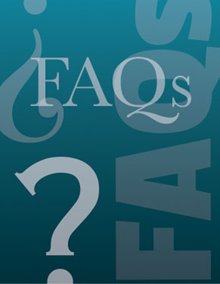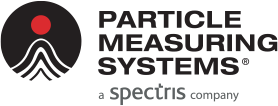Question: “Can you speak to the Class D Particle Monitoring Requirements for viable and nonviable particulate. The regulations don’t make it black and white.”
The regulations surrounding viable and nonviable monitoring of Class D clean areas point toward appropriate actions being established on a site-by-site, risk-based assessment. The FDA Guidance on Sterile Manufacture – 2004 states:
“The nature of the activities conducted in a supporting clean area determines its classification.”
Additionally, we can establish best practices by triangulating reasonable standards from other global regulatory bodies. For instance, guidance is available regarding what should be done for monitoring the background support areas from the Japan Aseptic Processing Guidance, which states:
“Classes C and D airborne microbial monitoring should be performed twice per week, and airborne particles once per month.”
The frequency recommendation for monthly monitoring of aseptic areas also aligns with the PDA TR13 (2001 – since revised) Fundamentals of an Environmental Monitoring Program, which also suggested that:
“Grade D areas be monitored for total particles on a monthly basis.”
The rationale for monitoring these less critical areas is that there is, albeit low, contamination exposure of components or materials that are handled in these areas. As evidenced by the regulations quoted above, it is generally recommended that periodic monitoring be performed to prevent any significant buildup of contaminants where these activities are performed.
If a space is determined to be an area of any Grade due to the activities within it, we have a responsibility to demonstrate that the area meets our own, internal quality attributes based on risk to the product or activities performed there. If it is determined that there is a low risk to finished product or materials that area may be given a lower Grade classification, and consequently, a lesser demand on resources will be necessary to demonstrate that quality is being maintained.
Additional Resources:
https://www.pmeasuring.com/blog/annex-1-contamination-control/
https://www.pmeasuring.com/blog/build-the-ideal-contamination-control-strategy/
https://www.pmeasuring.com/application-notes/cleanroom-classification/


